
Heritage journeys await
Imagine walking paths that carry stories of courage, community, and change. These are not just scenic routes, they are living chapters of American history, rooted in the experiences of African Americans. We explore trails where heritage is felt beneath your footsteps, where the past meets present in powerful ways.
From urban walking tours to state-spanning highways, each trail offers more than sightseeing. It invites you to engage, reflect, and connect. Let’s uncover five compelling destinations steeped in legacy and travel inspiration
Boston’s beacon hill echoes
In the heart of Boston sits the Black Heritage Trail, winding through the historic Beacon Hill neighborhood. It traces a thriving African American community whose activists fought for abolition and education in the 1800s.
You’ll pass sites connected to the 54th Regiment and the African Meeting House, then pause at residences that once housed freedom seekers. The trail offers a blend of solemn remembrance and urban charm, making history feel immediate and accessible.

Georgia’s urban legacy route
Venture south to the Black Heritage Trail (Columbus, Georgia), a designated National Recreation Trail that highlights over thirty African American heritage landmarks.
Here you walk through layered history, such as sites of worship, schools, living quarters, and business districts shaped by the African American community in Columbus. The juxtaposition of downtown architecture and historical markers gives this trail a unique rhythm of remembrance and daily life.
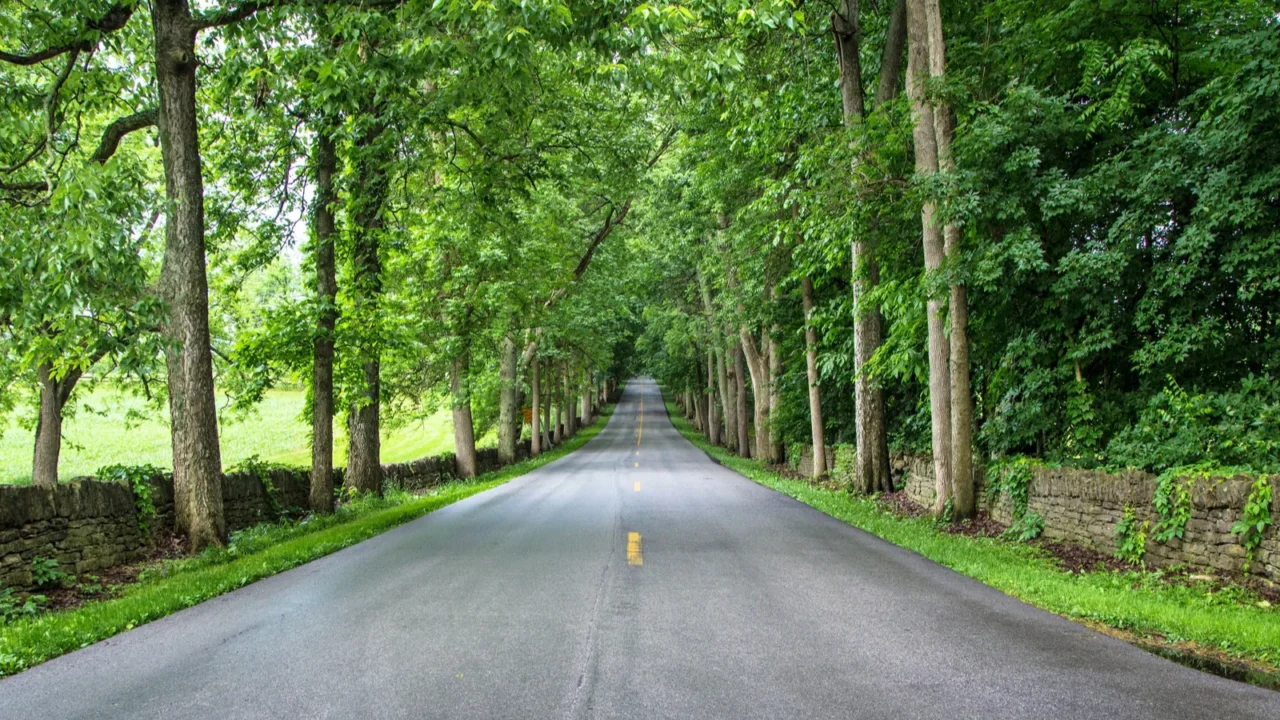
Kentucky’s Statewide story
The Kentucky African American Heritage Trail spans more than fifty meaningful sites across the state, illuminating contributions of Black Americans from the Civil War era to the civil rights movement.
From Louisville’s Muhammad Ali Center to quiet cemeteries, each stop reveals untold narratives.
Whether you’re driving through the countryside or exploring historic towns, you’ll encounter spaces where heritage is proclaimed and preserved, a whole-state expedition for those who truly travel with purpose.

Virginia’s interactive web
In Virginia, the African American Heritage Tourism Network offers a digital and physical gateway into Black history across the state.
The network connects interactive maps, curated trail experiences, and heritage stories that bring place and past into one journey. It’s perfect for planning a route that lets you explore history in your own time, discovering lesser-known sites alongside the well-marked ones.

Florida’s historic mosaic
The Florida Black Heritage Trail offers a rich compilation of sites from Pensacola to Key West that highlight African American history in a state often known for beaches and sun.
This trail brings together churches, theaters, schools, and neighborhoods where Black culture thrived despite obstacles. It invites travelers to look beyond the obvious, to find stories of endurance in settings both coastal and urban.
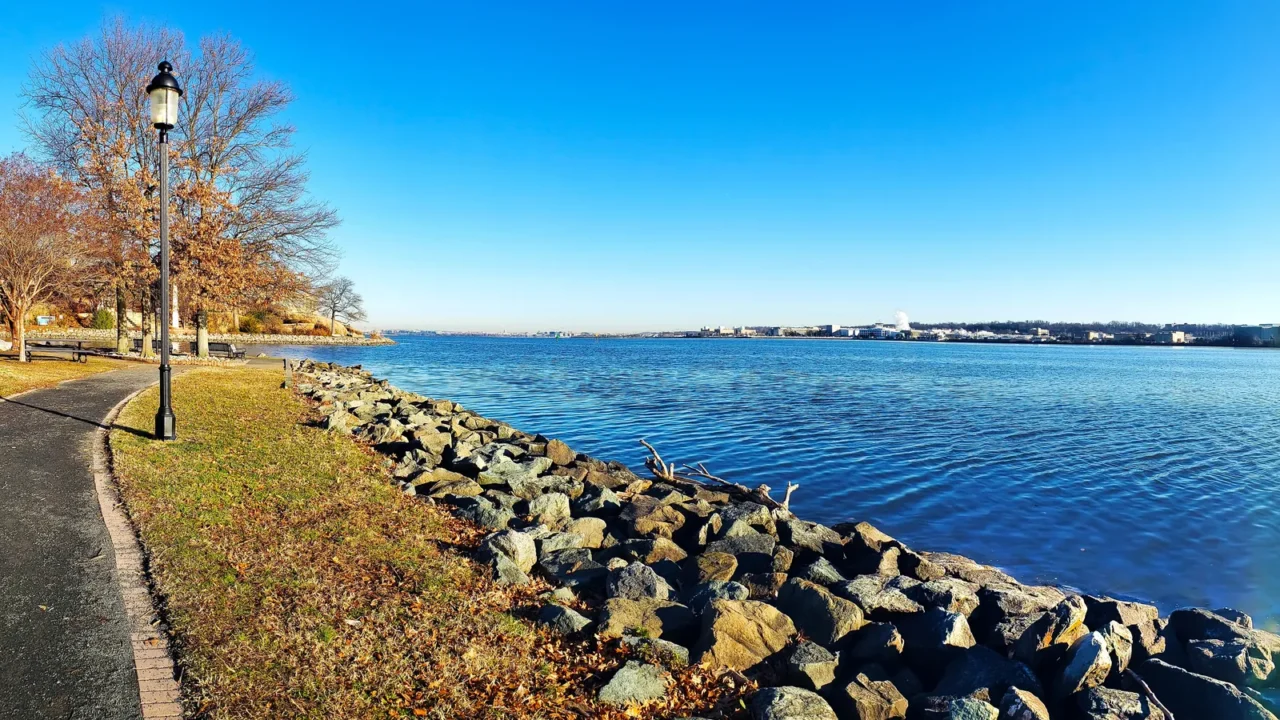
Alexandria’s waterfront walk
In Alexandria, Virginia, the African American Heritage Trail, North Waterfront Route traces decades of Black presence along the Potomac Riverfront.
From 18th-century land-making efforts to the industrial rise and leisure developments, you’ll walk where history meets everyday life. The flat waterfront path invites reflective strolling as you absorb the layered narratives of industry, freedom, and community.

Missouri’s city window
The African American Heritage Trail (Columbia, Missouri) brings together twenty-nine historical markers in the heart of Columbia, honoring local Black people and institutions over two centuries.
It is a city-sized trail that fits into a day or weekend visit, yet offers depth and meaningful stories. For travelers who enjoy exploring quietly in a manageable urban setting, this trail blends local flavour with national heritage.
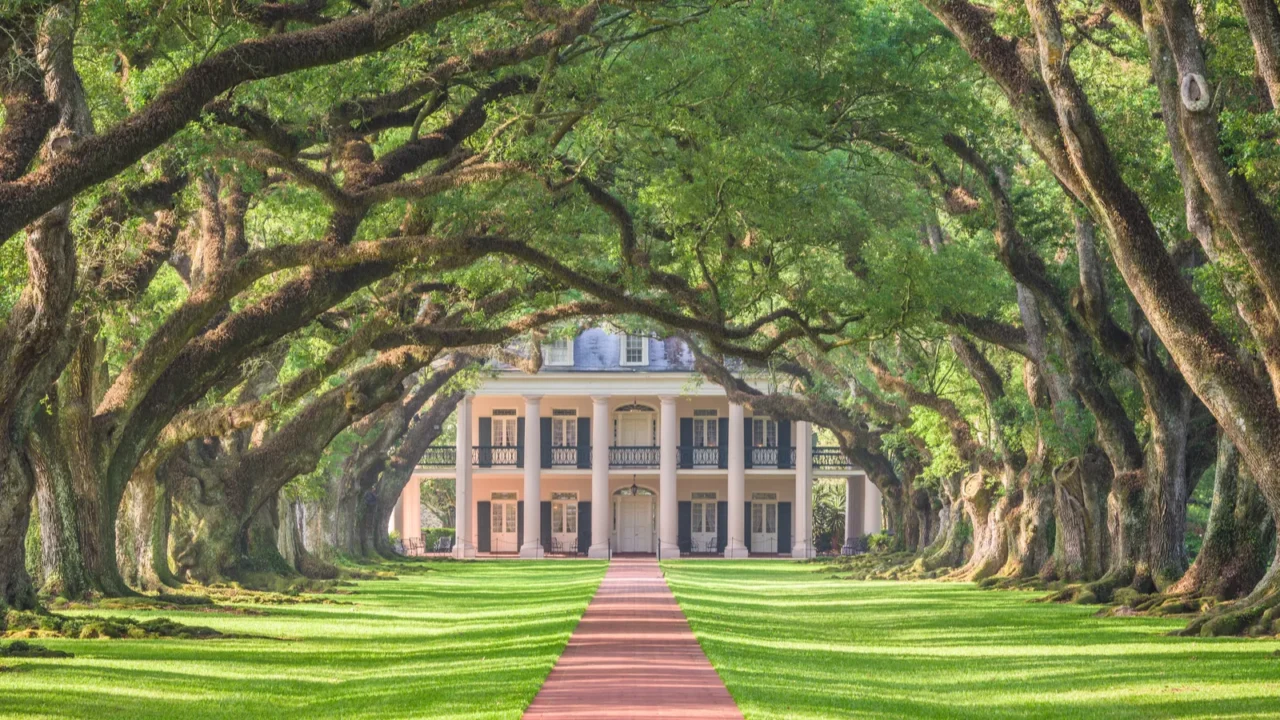
Louisiana’s river to plain legacy
The Louisiana African American Heritage Trail features thirty-eight curated sites from New Orleans to Baton Rouge and beyond, highlighting African American history across plantation, urban, and rural contexts.
Here you’ll encounter museums, historically Black colleges, and sites where enslaved people and their descendants shaped culture, economy, and community. The varied geography of the trail adds richness: riverfronts, small towns, big cities.
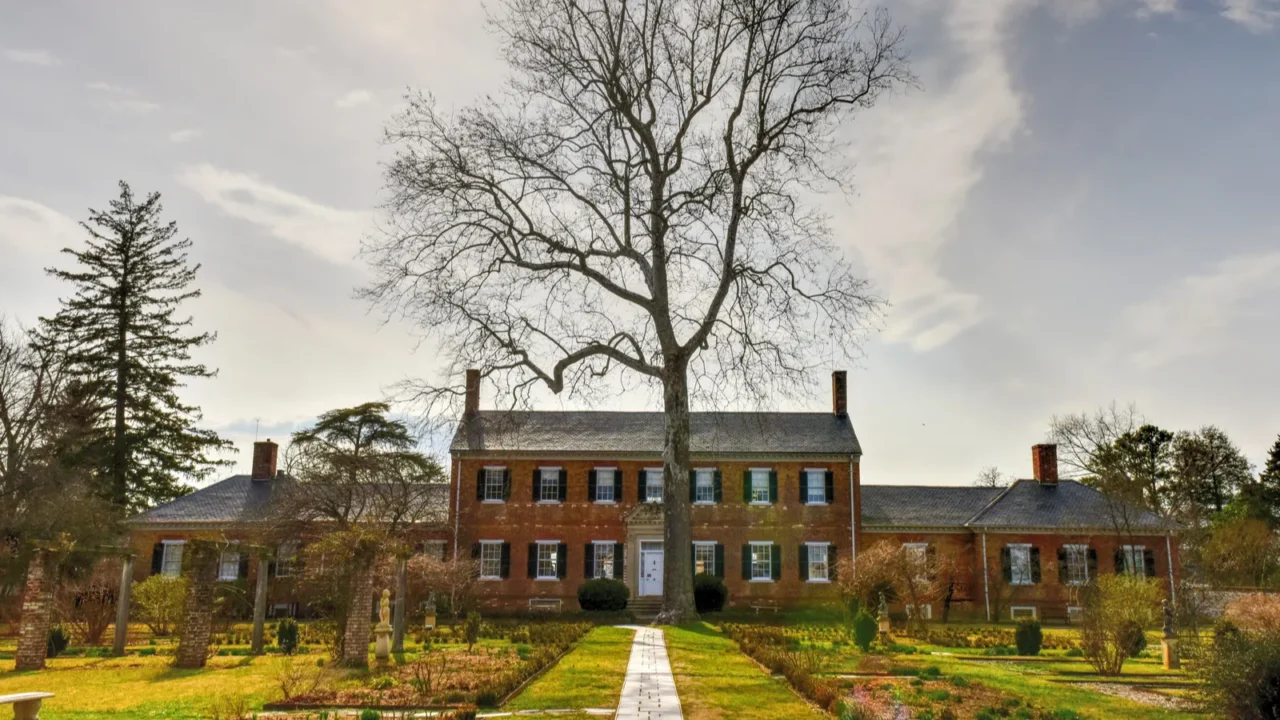
Spotsylvania’s driving story
In Virginia’s Spotsylvania County, the African American Heritage Trail (Spotsylvania County) is a self-guided, 75-mile driving tour with twelve key stops that tell stories of struggle and survival in the region.
Each marker invites you to slow down, park, reflect, and immerse. From cemeteries to historic churches and community sites, this trail offers a quieter, contemplative journey where road time becomes story time.
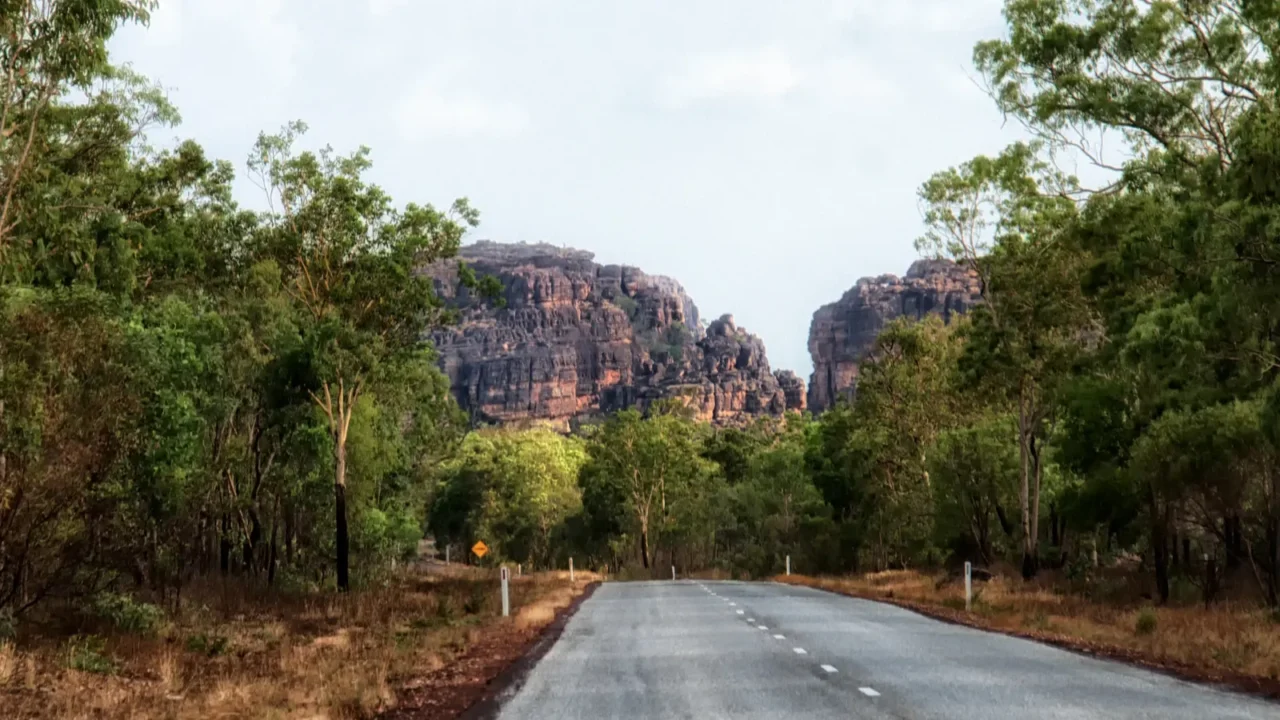
Planning your heritage route
When choosing one of these trails, think beyond just “what’s there.” Consider how you travel walking, driving, or mixing modes. Map your time wisely. Some trails are compact city walks, others span states and demand a road trip mindset.
Also reflect on what you seek: community stories, architecture, rural history, urban culture. Combine at least one stop where you can engage with locals or tour guides, because heritage grows in conversation, not just observation.
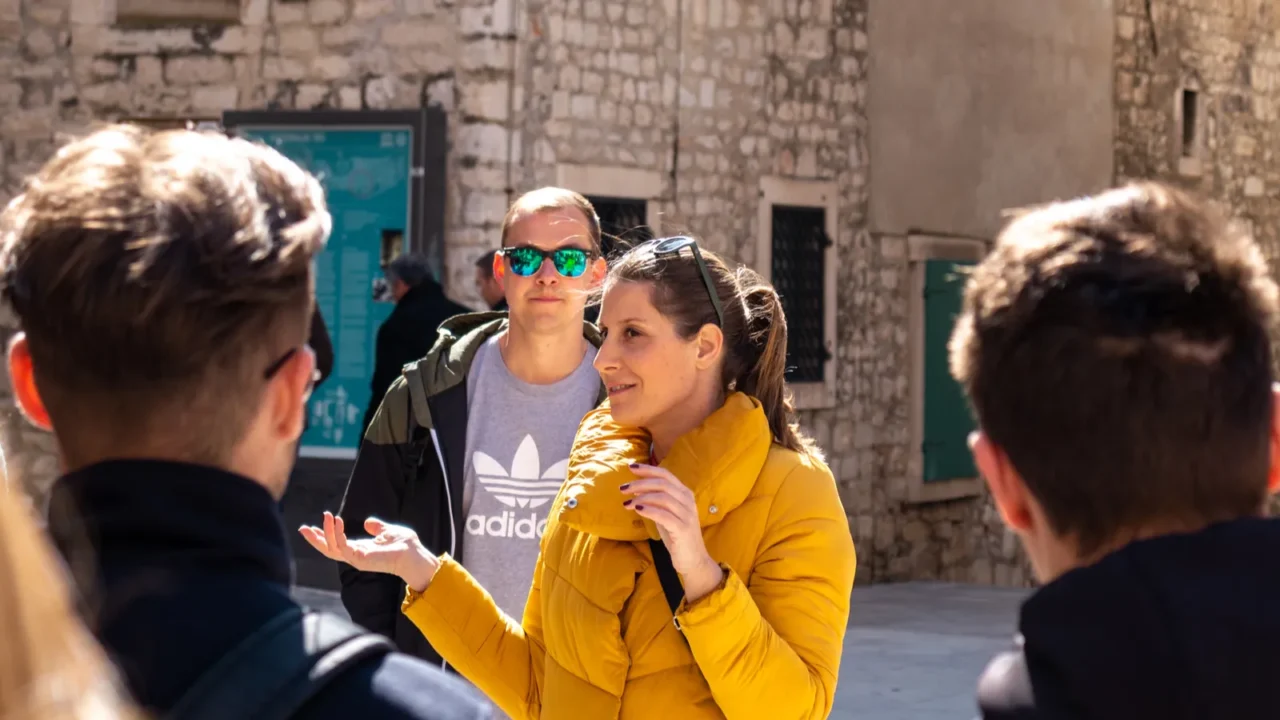
Respect and inspiration combined
Exploring African American heritage trails isn’t about simply checking off sites. It’s about honoring real lives and real stories. Approach with curiosity, openness, and respect. Ask questions. Listen. Capture memories thoughtfully.
Photography is great, but remember: some sites are residential or active landmarks. Be mindful of context, privacy, and historical weight. Your presence becomes part of the story when you tread with awareness.
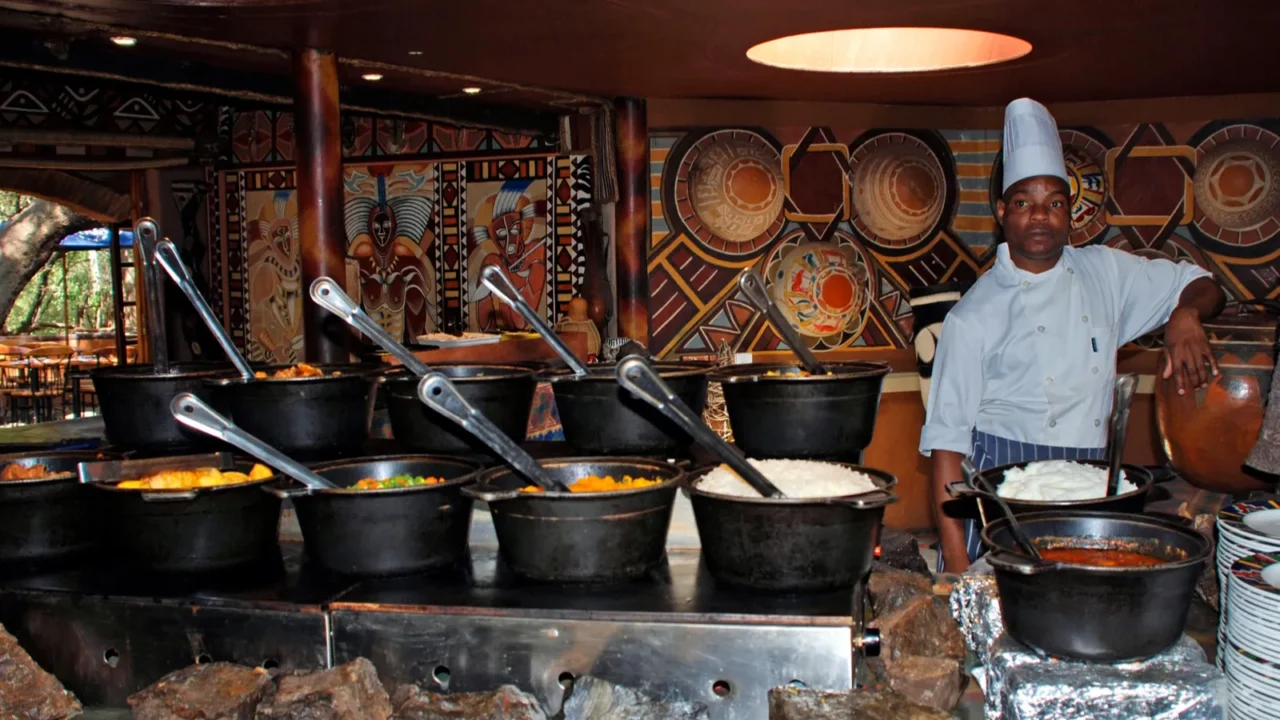
Travel with context and culture
Pair your trail experience with nearby cultural stops, local Black-owned eateries, community museums, and live music venues. The heritage trail becomes richer when you combine it with local flavors and living culture.
For instance, after walking a historic trail in a city, seek out a jazz club or a soul-food spot where the community still thrives. In travel, you want history in the ground and life in the air.
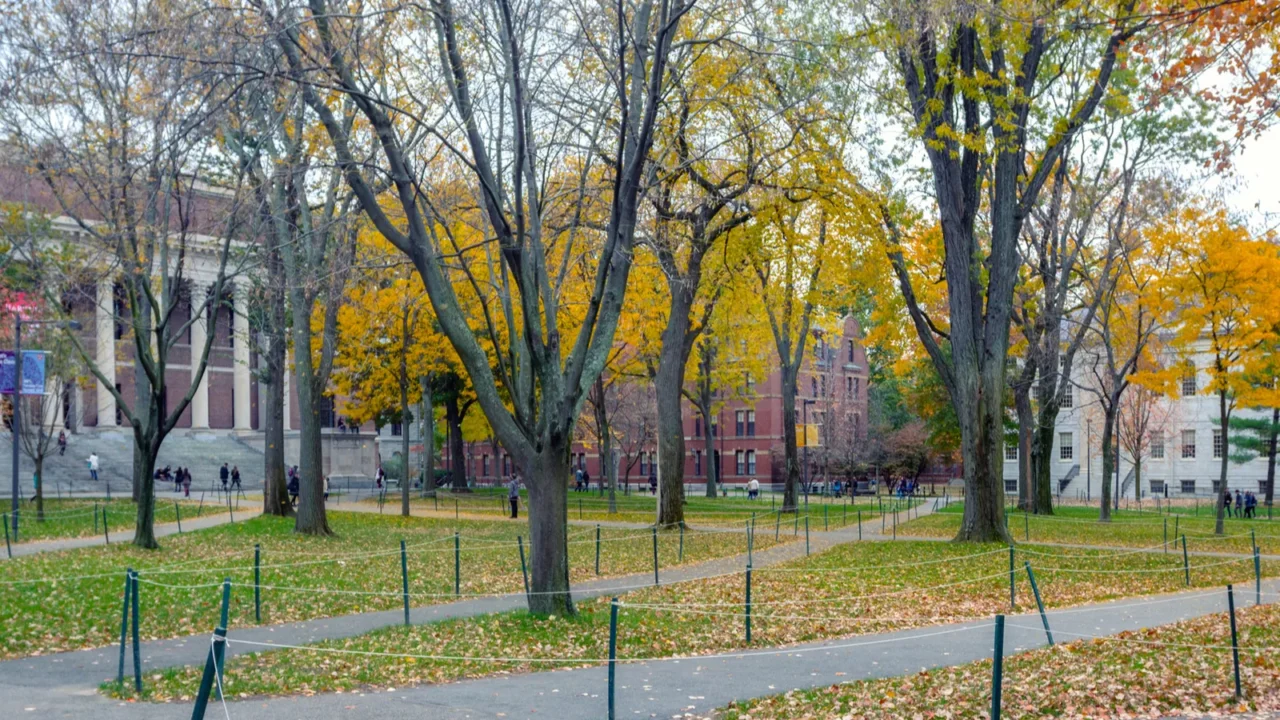
Choosing your season and pace
When and how you travel make a difference. Many trails are walkable year-round, but weather, events, and local calendars affect your experience. Urban trails might fill up on weekends; rural ones may require daylight driving.
Consider staying overnight near the trail rather than just passing through. A relaxed pace gives you time to absorb the vibe, revisit a stop, or have a conversation with a guide or resident.

Taking it home with you
Your journey does not end when you board the plane or drive away. Share what surprised you, what moved you, and what you learned with friends and family.
Travel is more than photos and checklists, as it is about the stories you carry back and the small moments that change how you see a place. Keeping a travel journal helps those memories last.
Looking to explore more stories that shaped America? Visit Native American heritage sites you can experience today and connect with the land’s earliest histories in a meaningful way.
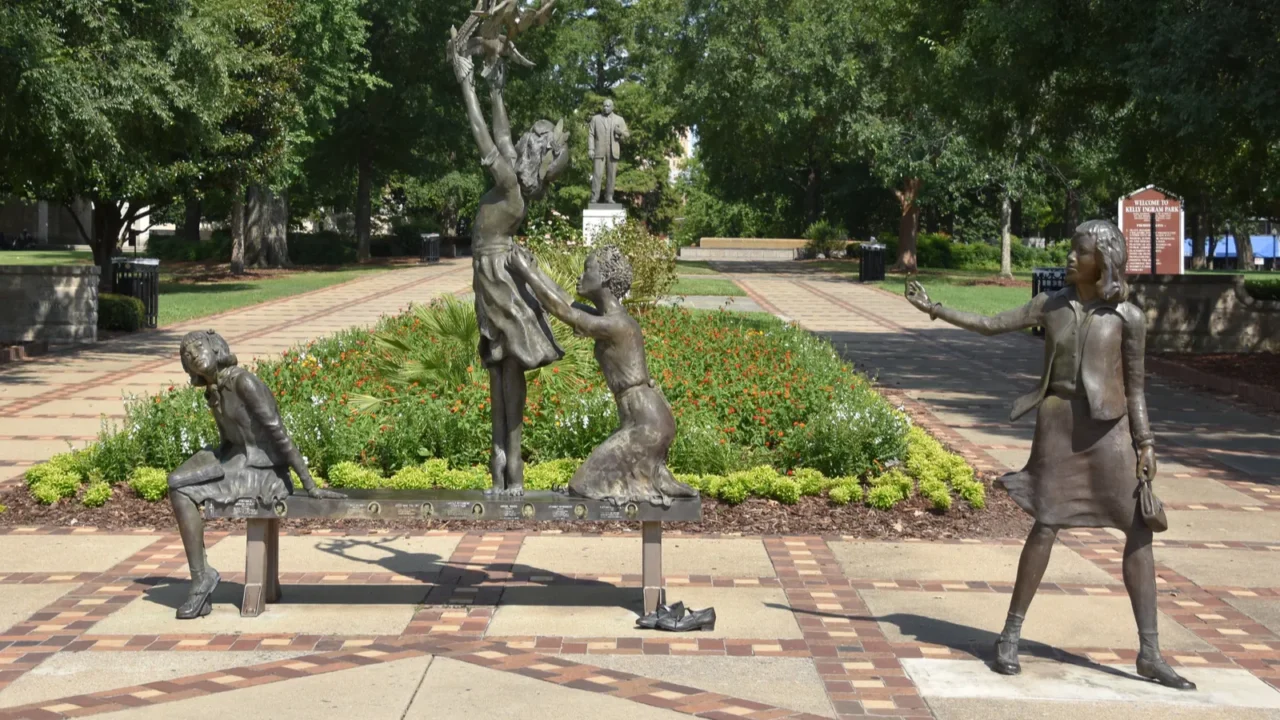
The legacy path continues
These heritage trails are living legacies of African American courage, creativity, and community. As a traveler, you become part of the unfolding narrative, walking, listening, witnessing.
Each trail is a chapter, and your journey writes the next page. For more outdoor inspiration, see America’s most breathtaking national trails to explore in 2025, another look at journeys that celebrate both landscape and legacy. Whether you choose Boston, Louisiana, or beyond, travel with intention and heart.
If you could trace one chapter of America’s story on foot, where would your trail begin?
Read More From This Brand:
- Forgotten ports returning to American cruise itineraries
- Private jet journey that takes you across all 7 continents in just 29 days
- 13 border towns that tell hidden stories of America
Don’t forget to follow us for more exclusive content right here on MSN.
This slideshow was made with AI assistance and human editing.